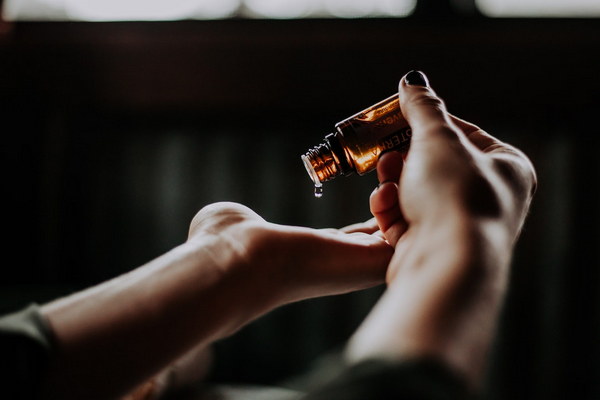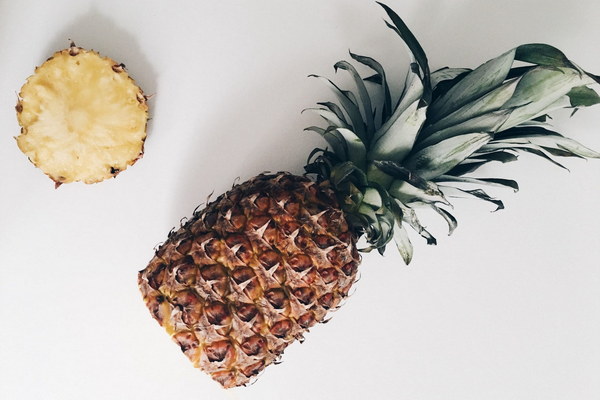Relaxation Unleashed Discover the Comforting Techniques of Head Therapy Massage
In today's fast-paced world, finding moments of relaxation and tranquility can be a challenge. One such escape lies in the realm of head therapy massage. This ancient practice, steeped in tradition and designed to alleviate stress, tension, and pain, offers an unparalleled sense of comfort. Let's delve into the comforting techniques of head therapy massage and understand how it can transform your life.
The Art of Head Therapy Massage
Head therapy massage is a therapeutic technique that focuses on the scalp, neck, and shoulders. It combines various massage strokes, pressure points, and stretching to release muscle tension and improve circulation. The goal is to achieve a state of deep relaxation and alleviate common issues like headaches, migraines, and neck pain.
Comforting Techniques
1. Effleurage
Effleurage is a gentle, gliding stroke used at the beginning of a head therapy massage to warm up the muscles and create a sense of relaxation. This technique involves long, sweeping strokes that move from the hairline down to the neck. The light pressure and smooth movements help to soothe the nervous system and prepare the body for deeper work.
2. Petrissage
Petrissage is a kneading and rolling technique that helps to break up muscle adhesions and increase blood flow. This method involves using the fingers, thumbs, and palms to compress and release the muscles. Petrissage can be performed with varying degrees of pressure, depending on the individual's comfort level and the specific area being treated.
3. Friction
Friction involves the application of deep pressure to the skin and underlying tissues to promote healing and reduce pain. This technique is particularly effective for treating areas of tension, such as the scalp, neck, and shoulders. Friction can be performed using the fingertips, thumbs, or knuckles, and the pressure can be adjusted to suit the client's needs.
4. Compression and Stretching
Compression and stretching techniques are used to release tight muscles and improve flexibility. The therapist applies pressure to specific points on the scalp and neck, then gently stretches the area to encourage relaxation and alleviate pain. These techniques are often performed in combination with other massage strokes to enhance the overall effect.
5. Cupping
Cupping is a traditional therapy that involves placing cups on the skin to create suction. This technique helps to increase blood flow, reduce muscle tension, and relieve pain. Cupping can be particularly beneficial for those suffering from headaches, migraines, and neck pain.
Benefits of Head Therapy Massage

1. Stress Reduction
Head therapy massage is an excellent way to reduce stress and promote relaxation. The combination of gentle strokes, pressure points, and stretching helps to calm the nervous system, allowing the body to unwind and rejuvenate.
2. Pain Relief
Head therapy massage can alleviate pain associated with headaches, migraines, neck pain, and tension. By releasing muscle tension and improving circulation, this therapy helps to reduce inflammation and provide relief from discomfort.
3. Improved Sleep
Regular head therapy massage can lead to better sleep quality. The relaxation induced by this therapy helps to reduce stress and promote a sense of well-being, making it easier to fall asleep and enjoy deeper, more restful sleep.
4. Enhanced Mental Clarity
Head therapy massage can improve mental clarity and concentration. By alleviating stress and promoting relaxation, this therapy helps to sharpen the mind and enhance cognitive function.
Conclusion
Head therapy massage is a comforting and therapeutic technique that offers numerous benefits for both physical and mental well-being. By incorporating various massage strokes and pressure points, this practice can help you achieve a state of relaxation and alleviate common issues like headaches, migraines, and neck pain. So, why not give it a try and experience the healing power of head therapy massage for yourself?









